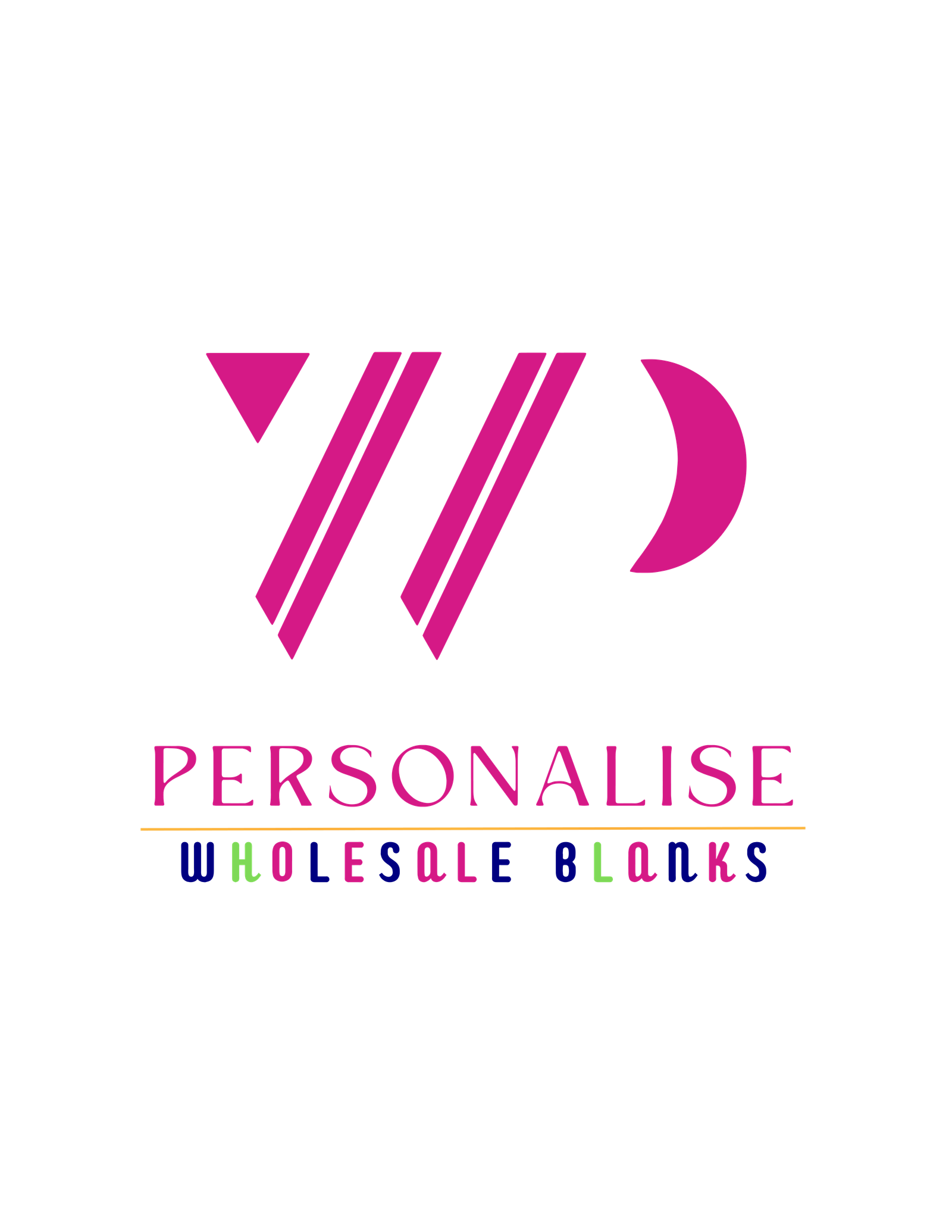If you run a print-on-demand shop, school-leavers hoodie business, or side-hustle T-shirt brand, you’ve probably heard the buzz: DTF Prints UK are no longer the “new kid on the block”—they’re the engine driving same-day, full-colour garment decoration from Glasgow to Guildford. A July 2025 report by Printwear & Promotion notes that 50 % of all global T-shirts are now decorated with DTF transfers, and more than seven billion items were produced in 2024 alone. Why the stampede? Blister-fast turnaround, near-photographic colour, and the freedom to press onto virtually any fabric without pretreatment.
1. Rapid Technology Evolution in DTF Prints UK
Purpose-Built Desktop Devices Under £3K
Until recently, UK crafters hacked converted Epson desktops. In 2025, purpose-built 33 cm roll-fed units with onboard white-ink circulation are arriving at under £3,000—perfect for Etsy sellers upgrading from vinyl cutters. Expect 10 m per hour throughput and software-managed single printheads that juggle CMYK + White in one pass.
Multi-Layer Vacuum Belt Curing for High-End Shops
High-volume decorators still crave speed, but adding more printheads isn’t the answer—it hikes labour and maintenance. The next leap is smarter curing: stacked vacuum-belt ovens that stabilise film horizontally, prevent white-ink creep, and fit the same floorprint as a heat-tunnel.
2. UV-DTF Hybrid: The Powder-Free Frontier
UV-DTF eliminates powder shaking altogether by curing inks instantly with on-board LED lamps. Real-world tests show 30-50 % shorter production times and 50 + wash-cycle durability, even on hard goods like phone cases or stainless tumblers.
Applications Beyond Fabric—Wood, Metal & Glass
Because the adhesive layer is built into the ink stack, UV-DTF sticks to leather journals, coated wood signs, and powder-coated tumblers—markets that once required sublimation or costly UV-flatbed printers.
3. Materials Breakdown: Films, Powders & Pigment Inks
Hot-Peel vs Cold-Peel Films
Hot-peel PET films slash pressing time to 12 seconds at 160 °C, ideal for live event printing. Cold-peel films, meanwhile, offer crisper halftones for fashion brands chasing soft-hand prints.
Low-Temp Adhesive Powders for Performance Wear
New polyurethane powders that melt at 110 °C prevent dye-migration on sublimated polyester kits—essential for sports retailers gearing up for Euro 2028.
4. Cost & ROI in the UK Market
Entry-Level vs Industrial Printer Pricing
- Hobby/Desktop: £1,700 – £6,000 (converted or mini roll-fed)
- Mid-Production: £12,000 – £20,000 (two-head, 60 cm wide)
- Industrial: £35,000 + (eight-head, 1 m roll, inline oven)
Per-Sheet & Per-Logo Transfer Costs
A gang-sheet house like Amazing Transfers sells A3 sheets at £13.64, translating to £0.23 per 8 × 8 cm logo. Printing in-house? Consumable math in 2025 averages £0.22 – £2.50 per sq inch, depending on ink coverage and film grade.

5. Sustainability & Eco Credentials
Modern DTF inks are water-based and feature lower VOC levels than plastisol. UV-DTF reduces powder waste entirely, while LED curing slashes power draw by up to 40 % versus traditional heat tunnels. Plus, shorter runs mean fewer unsold garments—music to eco-conscious consumers’ ears.
6. Automation & Software Integrations
Cloud-based RIPs now nest gang sheets automatically, generate cost analytics, and push proof images straight to Shopify or Etsy. At the Impressions Expo 2025, several vendors demoed AI tools that flag nozzle mis-firings before they ruin a meter of film.
7. Quality Control & Durability Testing
Lab data show premium UK-made powders maintaining stretch integrity after 50 home washes at 40 °C. Industry bodies like OEKO-TEX® are drafting DTF-specific testing protocols for 2026, covering wash, rub, and UV-fade cycles.
8. Market Growth & Demand Drivers
A 21-page Textiles Intelligence briefing predicts DTF volumes to keep outpacing DTG, driven by the fast-fashion sector’s appetite for instant design drops and e-commerce fulfilment needs. Workshops at Sign & Digital UK 2025 highlighted DTF’s low-minimum advantage for local sports clubs and merch start-ups.
9. Starting or Scaling a DTF Prints UK Business
- Space & Ventilation: Allocate 3 m² per printer, 2 m clearance for ovens, and fit a carbon-granule extractor for powder fumes.
- Staffing: One trained operator comfortably runs a two-printer/one-oven loop at ~80 A3 sheets hr.
- Up-sell Path: Offer UV-DTF decals for corporate swag so you never leave money on the table.

10. Common Mistakes & Troubleshooting
Ink Boiling & Pin-Holing
Cranking oven temps above 165 °C can cause steam bubbles in ink layers, leaving tiny pin-holes. Lower the temp and extend dwell time instead.
Powder Coverage Pitfalls
Too much adhesive powder leads to oily residue; too little causes edges to lift. Aim for a light “sugar-coat” and shake excess before curing.
11. Future Outlook: Beyond 2025 Trends
Expect metallic and fluorescent ink channels, AI-driven maintenance alerts, and tighter integration between DTF and direct-to-customer web platforms. Printwear & Promotion forecasts DTF unit growth of 18 % CAGR through 2028.
FAQs
- Is DTF Prints UK safer for children’s wear than plastisol?
Yes—water-based pigments contain fewer phthalates; just confirm OEKO-TEX® Class 1 certification. - How soon can I see ROI on a £12 k setup?
At 100 A3 sheets a week, most UK print shops break even in 9-12 months. - What’s the ideal press temperature for UV-DTF on cotton?
340 °F (171 °C) for 10–15 seconds with medium pressure. - Does DTF work on nylon jackets?
Yes, but pre-heat briefly, drop the press temp to 300 °F (149 °C), and use low-melt powder. - Can I gang different customers’ designs on one sheet?
Absolutely—just separate them with a 5 mm margin for clean cuts. - Where can I find independent industry data?
The Textiles Intelligence report summarised by Printwear & Promotion offers the latest UK-specific metrics.
Conclusion & Next Steps
In short, DTF Prints UK have sprinted from niche to necessity. With purpose-built desktop rigs, UV-DTF shortcuts, and a market hungry for low-minimum full-colour runs, 2025 is the year to double-down—or dive in. Map your budget, vet your consumables, and adopt smart automation early. Do that, and you’ll press brighter, tougher transfers while the competition is still curing yesterday’s inks.






